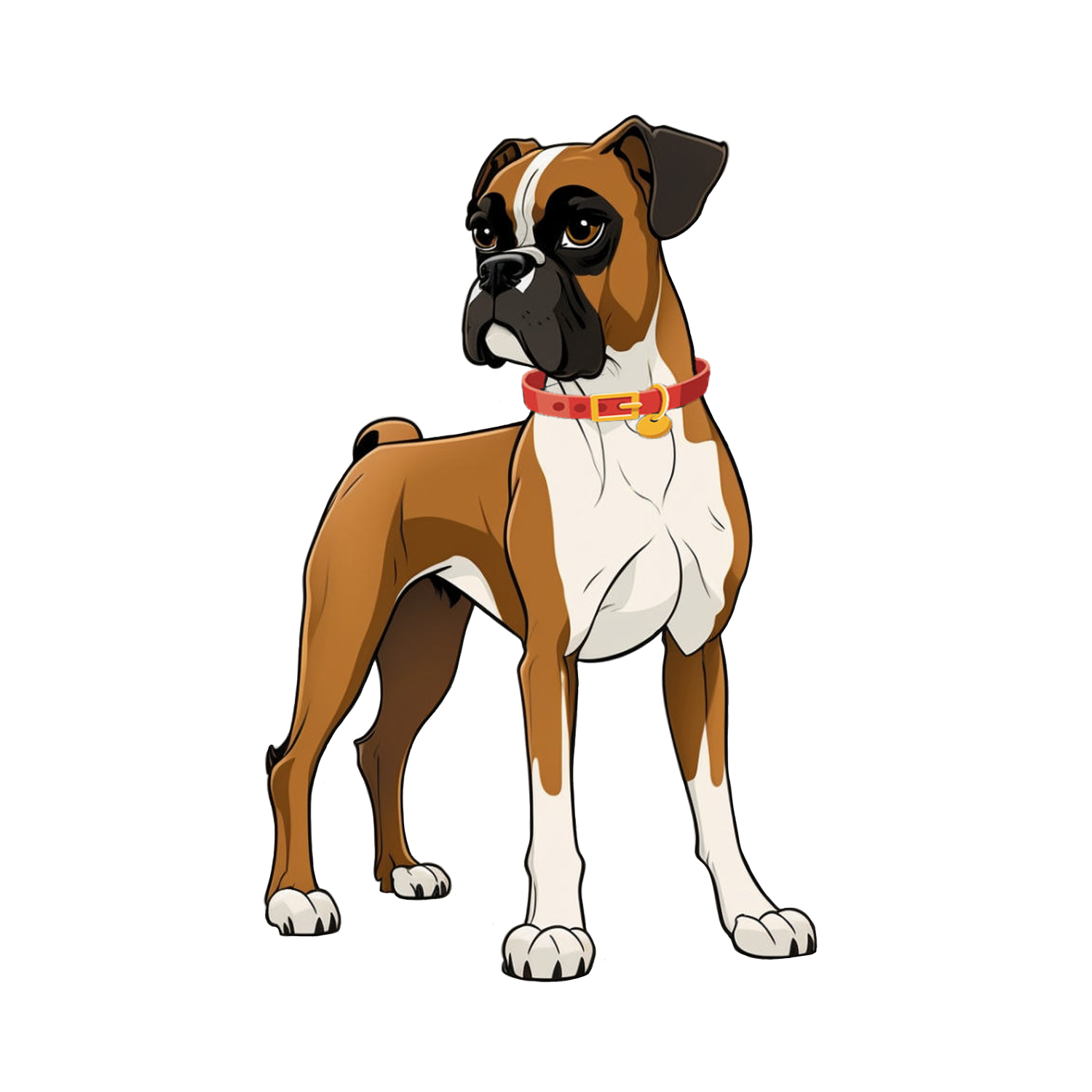2|17|24 - How to Identify Animal Tracks in the Wild
How to Identify Animal Tracks in the Wild
Hey there, young explorers! Have you ever been on a hike or a walk in the woods and noticed mysterious tracks on the ground? Those prints weren't left by magical creatures (or were they?), but by the amazing animals that share our planet. Today, we're going on a detective adventure to learn how to identify animal tracks in the wild. Grab your detective hat, and let's get tracking!
Step 1: Gear Up!
First things first, every good detective needs their tools. For this adventure, you'll need a notebook, a pencil, and a ruler. A camera or smartphone can also be handy for taking pictures of your finds. And don't forget your most important tool—your eyes!
Step 2: Learn the Basics
Animal tracks are like footprints. Just like people have different shoe sizes, animals have different track sizes and shapes. Here are some basics to get you started:
Deer tracks look like upside-down hearts.
Rabbits have long toes and their tracks might show fur marks.
Birds leave a two-toed (or sometimes three-toed) print that points forward.
Dogs (and their wild cousins like wolves) have a round shape with four toes and claw marks.
Cats (like bobcats or mountain lions) also have four toes, but no claw marks because they can retract their claws.
Step 3: Look for Clues
Now that you know what to look for, it's time to start your investigation. Head to a nearby park, forest, or even your backyard after it rains. Wet ground or snow are the best places to find fresh, clear tracks.
Step 4: Measure and Sketch
When you find a track, use your ruler to measure its size and sketch it in your notebook. Write down the size, shape, and any other details you notice. If you have a camera, take a photo too. This will help you remember and research the track later.
Step 5: Follow the Trail
If you can safely do so, follow the tracks to see if you can find more clues. You might discover where the animal was going, find more tracks, or even spot the animal itself from a safe distance!
Step 6: Research Your Findings
Once you're back home, use your notes and sketches to figure out what animal left the tracks. There are lots of books and websites with pictures of animal tracks that can help you match your findings.
Step 7: Share Your Adventure
Share your discoveries with your family and friends. You can even make a presentation or a small exhibit with your sketches, photos, and notes. It's a fun way to share what you've learned and inspire others to go on their own animal track adventure. These Animal Tracks Stamps would be a fun way to add to your writing, tracking and sharing!
Tips for a Successful Tracking Adventure:
Always explore with an adult for safety.
Respect nature. Don't disturb the wildlife or their habitats.
Be patient and keep your eyes peeled. Sometimes the best discoveries come when you least expect them.
Why It's Cool to Be a Track Detective:
Identifying animal tracks is not just fun; it helps you learn more about the animals that live around you and how they behave. It also teaches you to be observant and to appreciate the little details in nature. Plus, it's pretty cool to be able to say, "A deer passed by here," just by looking at the ground! Check out this cool book and enjoy your very own Animal Tracks Scavenger Hunt!
So, what are you waiting for? There's a whole world of animal tracks out there waiting to be discovered. Happy tracking, detectives!
